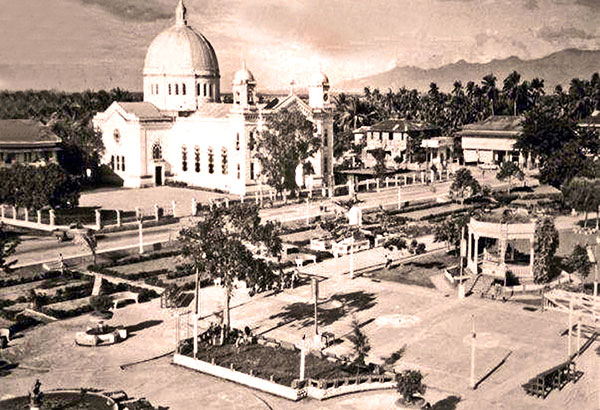The Legend of Kansilay
Photo By: Dats Snapshot
Long before the coming of the Spaniards in Buglas (Negros Island), there lived a beautiful “Lin-ay” (Maiden) in a shoreline village of Karobkob. She is called Kansilay.
She’s so sweet and beautiful that the people of the village liked her. She is the only daughter of Pinunong Bubog, the village chief.
Her fiancé is Lawa-an, a handsome and hard working “ulitao” (gentlemen). Kansilay and Lawa-an are so in love with each other and their parents have agreed for their “tambe-palad” (marriage) when the right time comes.
One day, Lawa-an joined the young men of the village in the annual “ pangayam” (hunting for wildlife) which would last for one full moon. Lawa-an bid Kansilay goodbye.
While the young men of the village were away, there came a group of “ tulisan” (bandits) headed by Lunok. They burned the houses, looted the property, and even raped some women. Old Bubog gathered the elders of the village and fought Lunok. The villain treacherously killed the chieftain and some of his men.
Kansilay had no choice by to gather the other maidens and armed themselves to vindicate the death of the other villagers. She sought the help of Diwata (fairy of the flowers). Diwata handed Kansilay a sword but told her that the weapon is not a magic sword.
Kansilay and the maidens engaged with Lunok and his men in a fierce battle. Kansilay was seriously wounded. Lawa-an and the young men of the village arrived just on time to reinforce the retreating maidens.
Lawa-an faced Lunok in a sword-fight. Lunok was killed after a long and tiresome duel. The dying Kansilay was embraced by the crying Lawa-an. Words of love were uttered by Kansilay before closing her eyes and giving her soul to her creator.
The villagers mourned for weeks after the burial of Kansilay on top of the hill. One day, there grew a plant on Kansilay’s mound. The plant became a sturdy tree with purple-pink flowers.
Its shade and beauty reminded the villagers of their beloved Kansilay, thus the tree was named Kansilay.
Later, the place where the tree grows is known as Silay, a tribute to a beautiful maiden who offer her life for her people.




Comments
Post a Comment